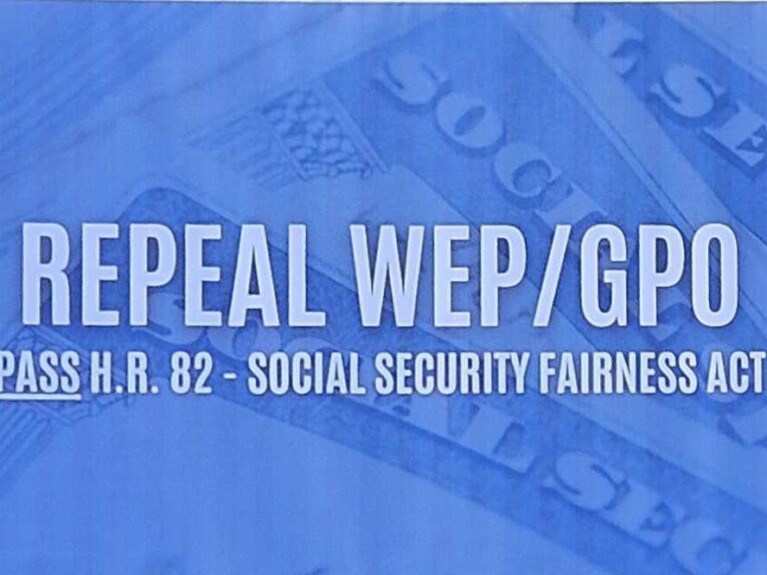NARFE Lauds OPM for Consultation on New Voluntary Annuitant FEHBP Option
FOR INFORMATION:
Dan Adcock 703-838-7760
National Active and Retired Federal Employees Association (NARFE) President Margaret L. Baptiste praised John Berry, director of the Office of Personnel Management (OPM), for consulting with NARFE on a proposed Medicare-related pilot project in the Federal Employees Health Benefits Program (FEHBP). The proposed project would test the viability of a voluntary “sub-option” within the FEHBP that would pay all or part of a Medicare Part B (as appropriate) for Medicare-eligible federal annuitants. The proposal was released yesterday in OPM’s “2010 FEHBP Carrier Letter” (also known as the “Call Letter”).
“If proven feasible, the Medicare sub-option could save some federal annuitants money and help to contain costs in FEHBP for workers, retirees and survivors,” said Baptiste. “What’s more, we appreciate that, through our consultation with Director Berry, the call letter clarifies that the ‘sub-option’ would not open the door for separately rated annuitant plans, which we believe would result in retirees and survivors paying substantially higher premiums than other FEHBP enrollees. NARFE would oppose the creation of any FEHBP plan for annuitants with premiums based on their age and health costs.”
The OPM letter stipulates: “We do not support splitting risk pools for annuitants and active employees and believe that these pilots can demonstrate ways of stemming cost growth through strengthened benefits coordination.”
The new coverage would be offered to Medicare-eligible annuitants as a sub-option of an existing FEHBP plan. If an annuitant chose the sub-option of an insurance carrier’s “standard option,” they would pay the same premium share as a worker or retiree enrolled in the traditional standard option. However, unlike the standard plan, the sub-option would pay all or part of a Medicare Part B premium, as appropriate. As a result, an annuitant enrolled in the sub-option would save about $1,200 a year on Part B premiums. However, a sub-option participant would be required to pay the same deductibles, co-payments and coinsurance as workers or retirees who are age 64 and younger and not yet eligible for Medicare. With the exception of premiums and prescription drug co-payments, most annuitants age 65 and older who are enrolled in Medicare and a traditional FEHBP fee-for-service or preferred provider plan pay no out-of-pocket costs. Therefore, the sub-option could be cost-effective for an annuitant who does not have high out-of-pocket costs. In addition, annuitants might appreciate an option for what is basically seamless coverage, which mirrors what they had while they were on the payroll.
“Given the potential savings to federal annuitants, and the voluntary nature of the pilot, we believe that the Medicare sub-option ought to be given a chance. We are pleased that the Call Letter clarifies that the sub-option will not automatically become a regular feature of FEHBP until OPM evaluates it and decides whether it merits continuation after the second year of the demonstration. NARFE will continue to review the development of the new option with OPM as the pilot project moves forward,” Baptiste added.
* * *
NARFE, one of America’s oldest and largest associations, was founded in 1921 with the mission of protecting the earned rights and benefits of America’s active and retired federal workers. The largest federal employee/ retiree organization, NARFE represents the retirement interests of nearly 5 million current and future federal annuitants, spouses, and survivors.


